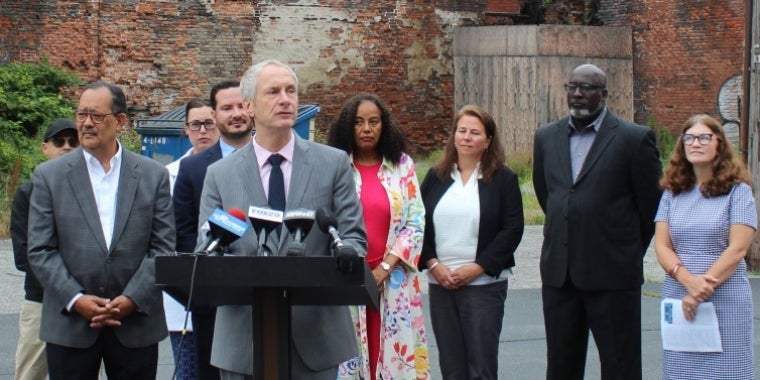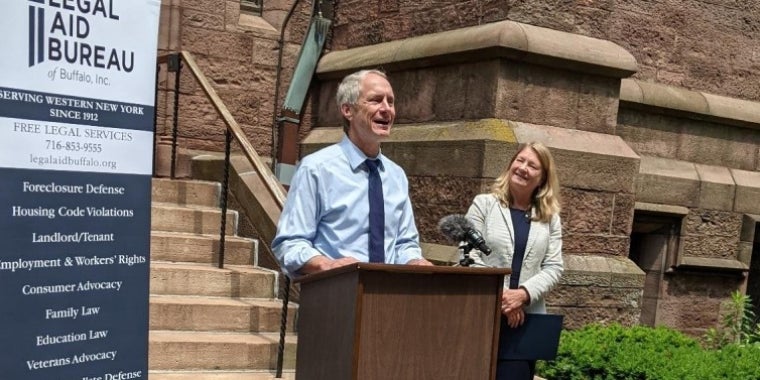
Op-Ed: How we can improve broadband in New York
A little over three years ago, I introduced a bill called the Comprehensive Broadband Connectivity Act in the State Assembly. The bill called for the Public Service Commission to complete a study to gauge the availability, affordability and reliability of internet service in New York so that we could determine the steps we could take to make sure every New Yorker had access to high-speed internet. Back in 2019, we got the bill through the legislature, but it was vetoed at the end of the year by Gov. Cuomo.
Once I was elected to the Senate, I reintroduced the bill and it was eventually included in the 2021 state budget. As a result, the PSC embarked on a yearlong study to create a map that shows which parts of the state have access to high-speed internet and which parts don’t. Last week, they released that map, along with a detailed report of their findings.
According to the PSC study, 97% of New York addresses have access to high-speed broadband internet. At first glance, 97% seems pretty good. But when you think about it, that means that 140,000 addresses across the state have either slow internet or no internet service. When you dig into the data, you’ll find that a staggering one of every 25 addresses in upstate New York lacks access to high-speed internet.
Even in areas that the study considers well-served, the data shows that most New Yorkers lack options; more than half of the addresses across the state have access to only one provider that offers high-speed internet. This lack of competition is especially prevalent in urban and rural areas, which were found to have fewer providers, slower average speeds and higher average prices.
All of this new data highlights two clear issues statewide. The first is that we have an access problem. Luckily, we’ve already taken some steps to begin to solve it. One example is the repeal of the DOT’s rightof way permit fee for fiber deployment earlier this year. This fee has made expansion into rural areas cost-prohibitive for broadband providers. Eliminating the fee removed one barrier to expanding service into regions that are currently underserved.
The other major issue is internet speed – an unregulated broadband monopoly has forced consumers to pay high prices for what is often a low-quality product. I’ve already introduced legislation to help solve this problem. My bill, S.5117, would grant the PSC the same regulatory power that it has over utilities like electricity and natural gas. That oversight would give them the ability to ensure internet service providers deliver their advertised speeds at the advertised prices.
If we didn’t already know that high-speed internet was essential to participation in modern society, we definitely found out during the pandemic. Now that we have an accurate and detailed picture of where the disparities exist, we can finally determine the most effective steps to take to close our state’s broadband gap.



